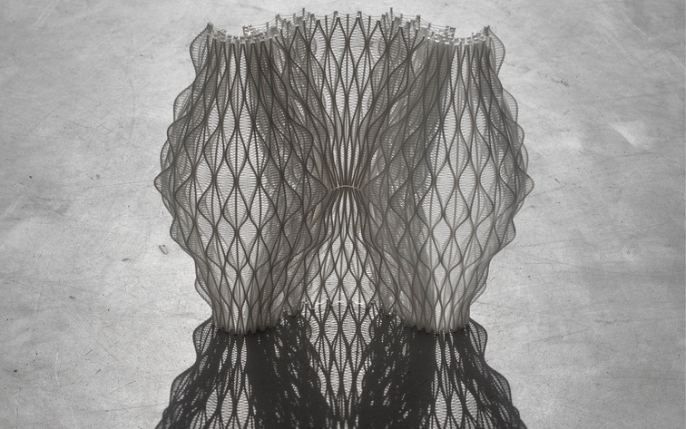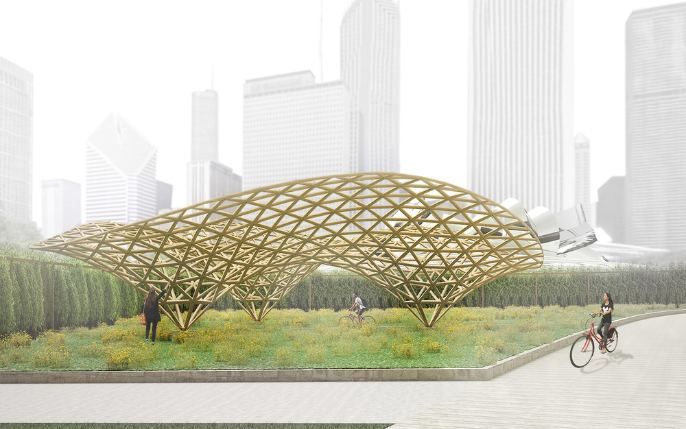Streaming Now – Novatr’s story on The Indian Edtech Story, only on Jio Hotstar.
PROGRAMS
Join thousands of people who organise
work and life with Novatr.
Top 8 Emerging Trends in Architecture: Shaping the Future
mausam jamwal
05 mins read
June 01

If you’ve spent more than 30 seconds in the design field, you would have already come across a person ranting about some fancy software that you don’t know how to use, or casually name-dropping techniques that you’ve never heard of. We see you nodding along cluelessly, internally vowing to google these alien methods while fighting the impending sense of technological doom.
Being a newcomer, or even a seasoned veteran in the 2020’s with a wide spectrum of ground-breaking design techniques may seem to be daunting. However, all you need is to invest a fraction of your time in understanding the emerging trends in architecture, and the edginess may turn to excitement!
Here, we outline the most promising possibilities that may form the future of architecture for decades to come.
1 | Computational Design

A Lightscape Screen by Stian Vestly Holte, courtesy The Royal Danish Academy of Fine Arts
Has your design acumen ever been severely limited by the software you are using? Computation allows you to generate complex outputs through computer code directly, without meddling with a software medium.
2 | Parametric Design
Parametrics is a form of computation achieved directly through code or via a UI like Grasshopper. Here, a set of parameters and constraints create rational forms that may be impossible for the average modelling software. More a design philosophy than a tool, parametricism can result in a more adaptive, contextual form of design based on real constraints, thereby reducing the implementation of standard solutions.
3 | Extended Reality (XR)

A breakdown of Extended Reality
Never again have a client stare blankly at you as you try your best to explain a design intent. The ultimate dream of powerful design communication, XR comprises of a combination of Virtual Reality (VR), Augmented Reality (AR) and Mixed Reality (MR). VR exports the viewer to a different digital reality, AR augments the reality with information, and MR makes for a mix of the two. One of the most fascinating trends in architecture, the virtual habitation of your designed space is no longer stuff of science fiction!
4 | BIM: Building Information Modelling
While more old-school than the others, BIM has already amassed a loyal following in the architectural community. It is an intelligent, 3D-based process which exponentially increases the efficiency of a project – both in design development, and coordination. Basically, remember those hundred changes you had to make in various 2D and 3D spaces because a wall moved an inch to the right? BIM did it for you.
5 | Digital Form Finding

Construction of a Wooden Gridshell Folly using Digital Form-Finding in Millennium Park, New York by Noah Shroyer
Using computational tools, form-finding identifies optimal structural shapes for a building. It has come a long way since the days of Antonio Gaudi’s catenary arches, to become a reliable method for devising efficient structural forms for your design.

6 | Kinetic Geometry

Apple's new store in Dubai
The field of Kinetic Geometry has lent fluid dynamism to our otherwise static world of products. Using kinetic mechanisms, it can create transformable structures that change their shape and geometry as per desired conditions. The immense potential and wide range of applicability suggests that this may be the next stage of evolution for our material environment.
380 eco-friendly terracotta tiles; 35 rolled MS frames; 72 hours of physical labour; 25 participants from diverse design fields
7 | Big Data

Mumbai-based Folds Design Studio has supplied over 8,500 face visors to NGOs and hospitals | via stirworld.com
As our cities grow and population explodes, the efficient planning of resources gains utmost importance. Big Data integrates city systems intelligently using sensors and performance indicators to create a true Smart City. Very soon, no master-planning will be executed without careful inter-linkage of streetlights, garbage disposal, water management and all civic amenities. The visualization below shows how big data can be used for deeper insights into urban systems, to strive for more livable cities.
8 | Future Spaces

The Urban Cloud Network by Cievanard Nattabowonphal and Montakan Manosong, via Dezeen
As a result of Big Data, the dominant forces that shaped our cities are now being replaced by technologies, systems and networks. Thus, the architect now needs to intervene in these systems beyond shaping the physical building in order to remain relevant. Otherwise, we may find that the fantastic cities of the future want nothing to do with us!
If these realms arouse your interest, novatr.com offers workshops in many fascinating trends in architecture to help you take it forward!
Happy exploring, and may the (c)odes be ever in your favour!

Join 100,000 designers who read us every month
